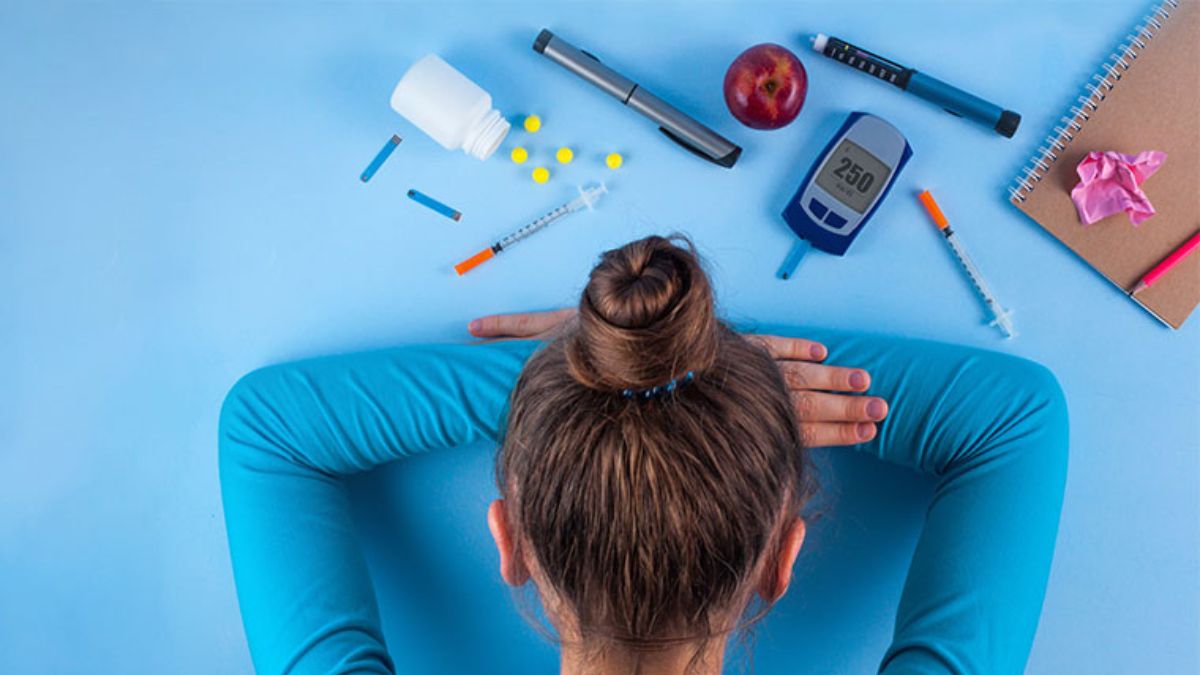Is collagen making type 2 diabetes worse? IIT-Bombay study suggests so

In a startling new discovery, scientists at IIT Bombay have found that a common structural protein in our body—collagen—might be silently worsening type 2 diabetes. The study, published in the Journal of the American Chemical Society, sheds light on a previously unknown biological trigger that could open up new frontiers in diabetes treatment.
Type 2 diabetes affects over 500 million people worldwide and is rapidly rising. While lifestyle and genetics are known culprits, researchers have been struggling to pinpoint some of the deeper molecular events that worsen the disease. This study now reveals that fibrillar collagen I, a form of collagen found in skin, bones, and connective tissues, may be playing an unexpectedly harmful role.
The story begins in the pancreas, where insulin and another hormone called amylin are produced by the same β-cells. Amylin helps regulate blood sugar after meals. But in diabetes, when the body tries to produce more insulin, it also pumps out more amylin. At high concentrations, amylin tends to misfold and clump together—forming toxic aggregates that damage the very cells meant to regulate blood sugar.
Until now, what drove this toxic clumping inside the pancreas remained unclear..
Using advanced tools like atomic force microscopy, surface plasmon resonance, and NMR spectroscopy, the IIT-Bombay team found that amylin latches onto collagen fibrils and clumps up faster than it would otherwise. “It almost seems like amylin coats the collagen surface, forming stable aggregates that are harder for the body to clear,” said Prof. Shamik Sen, the senior author of the study.
The researchers tested their findings further using pancreatic tissue from diabetic mice and single-cell human data. They found a clear pattern: as diabetes progressed, both collagen and amylin levels increased, and the pancreatic islets—clusters of insulin-producing cells—became increasingly disordered.
In lab experiments, β-cells grown on a collagen-based gel with amylin showed higher levels of cell death, oxidative stress, and reduced insulin production compared to cells grown without this combination. “This suggests that the extracellular environment—not just internal cell processes—could be central to how diabetes progresses,” Prof. Sen added.
This might also explain why existing diabetes treatments that focus only on internal cellular mechanisms often fail to fully stop disease progression.
Looking ahead, the researchers are working on cryo-electron microscopy models to visualize the amylin-collagen interaction in high resolution. They also hope to develop new drugs that can disrupt this interaction and explore 3D scaffolds that could help regenerate damaged pancreatic tissue.
For now, this study serves as a reminder that the body's support structures—like collagen—may be doing more than just holding tissues together. In some cases, they might be silently pushing diseases like diabetes into more dangerous territory.
Health